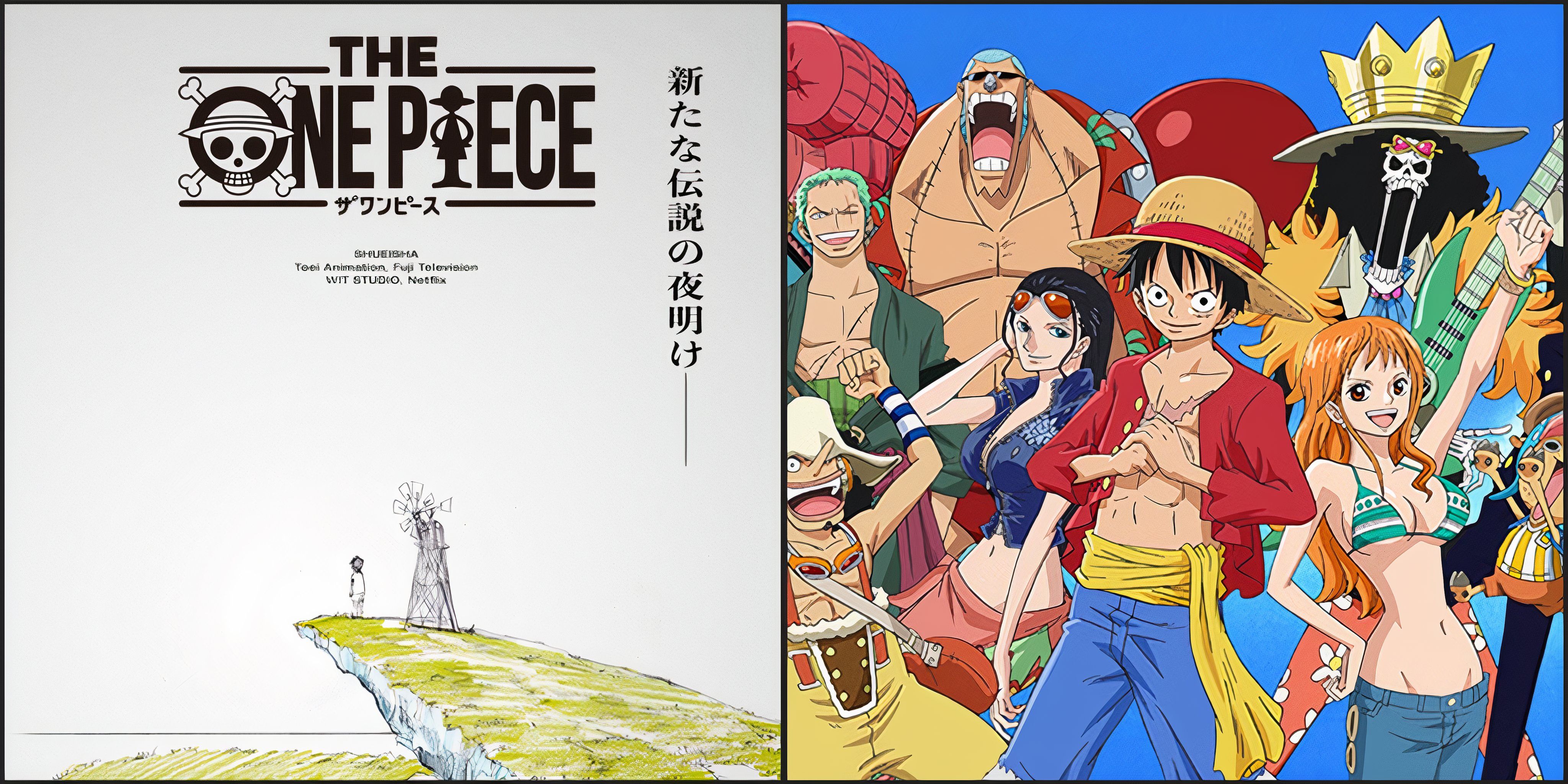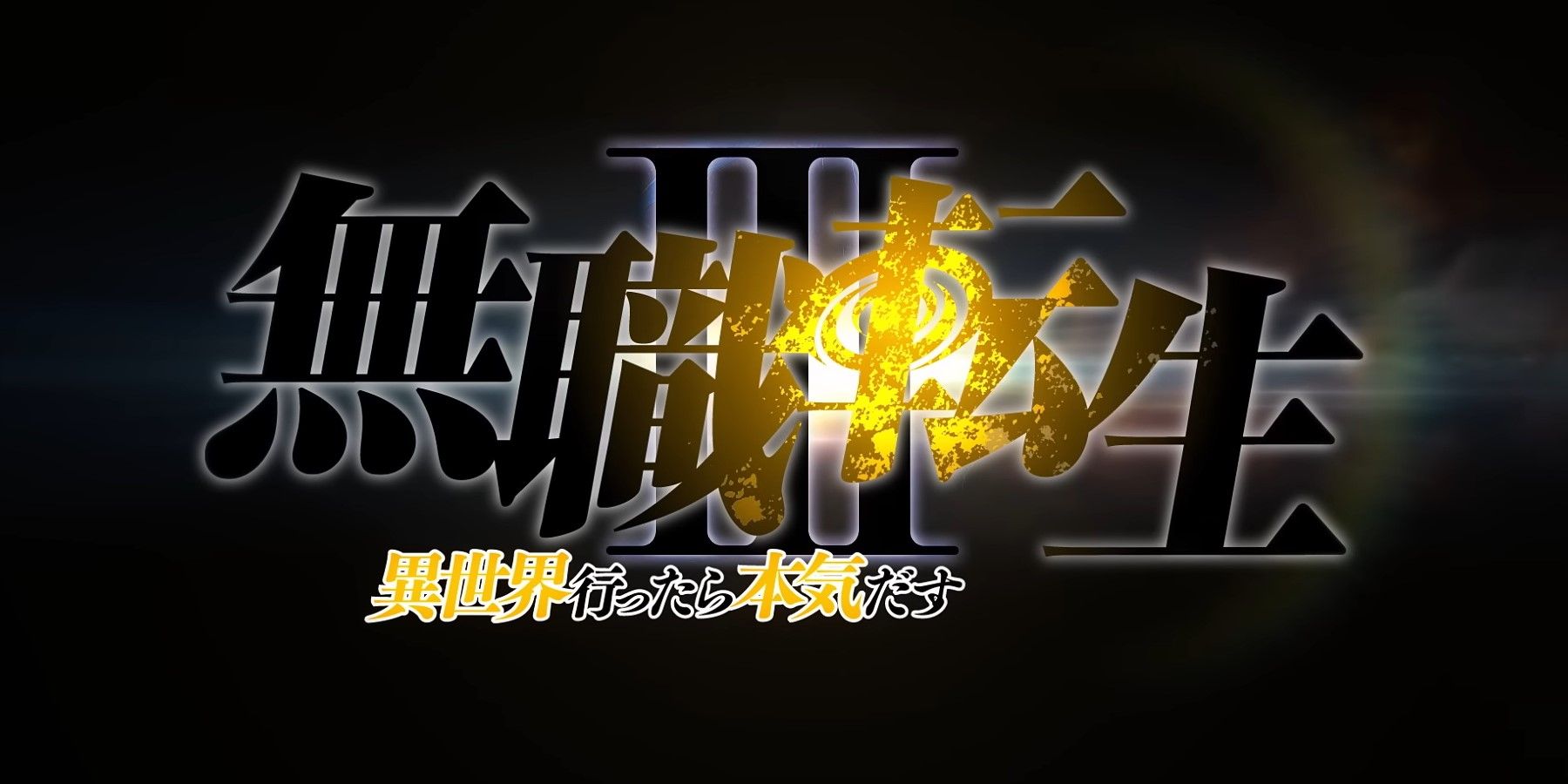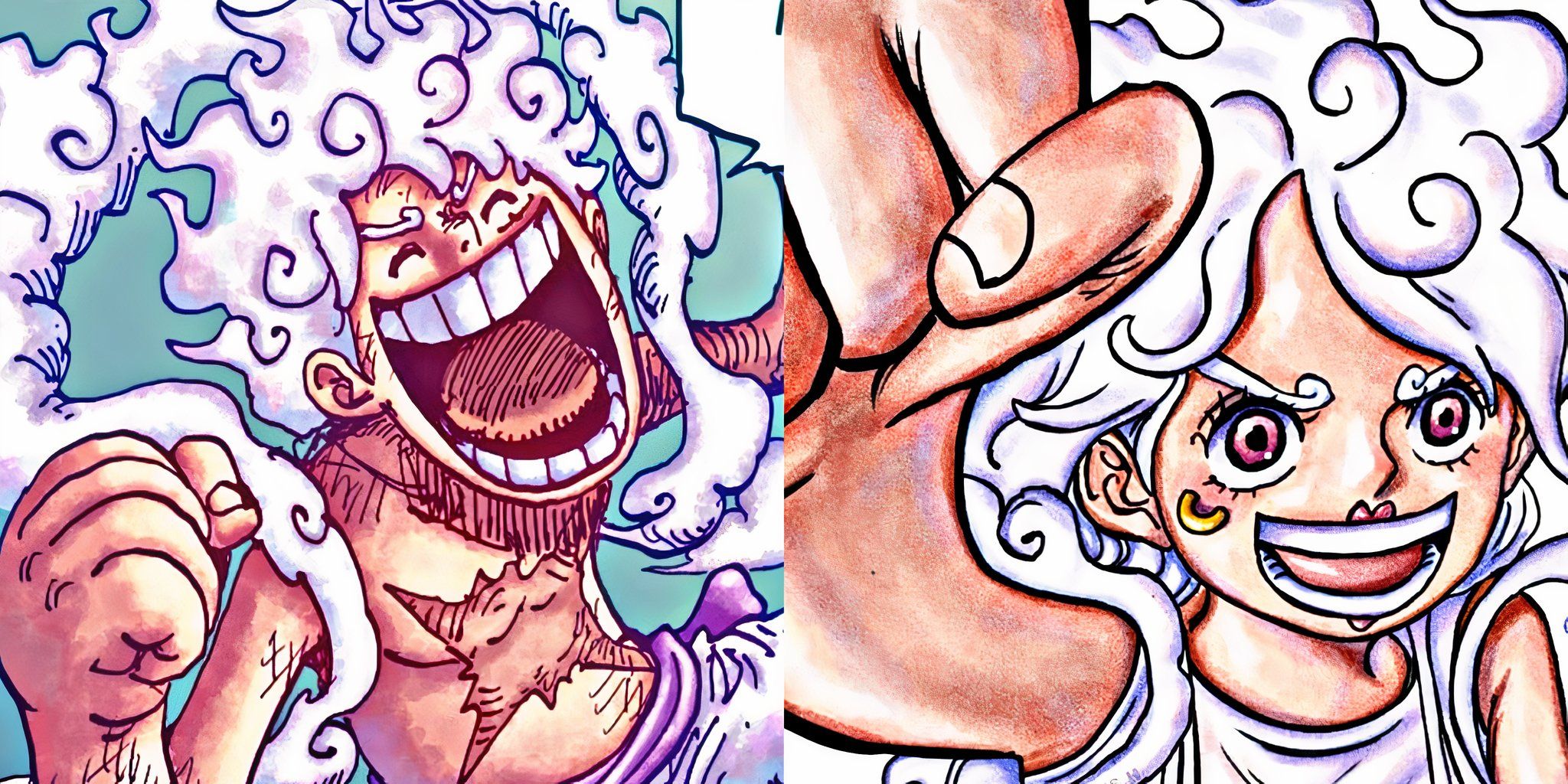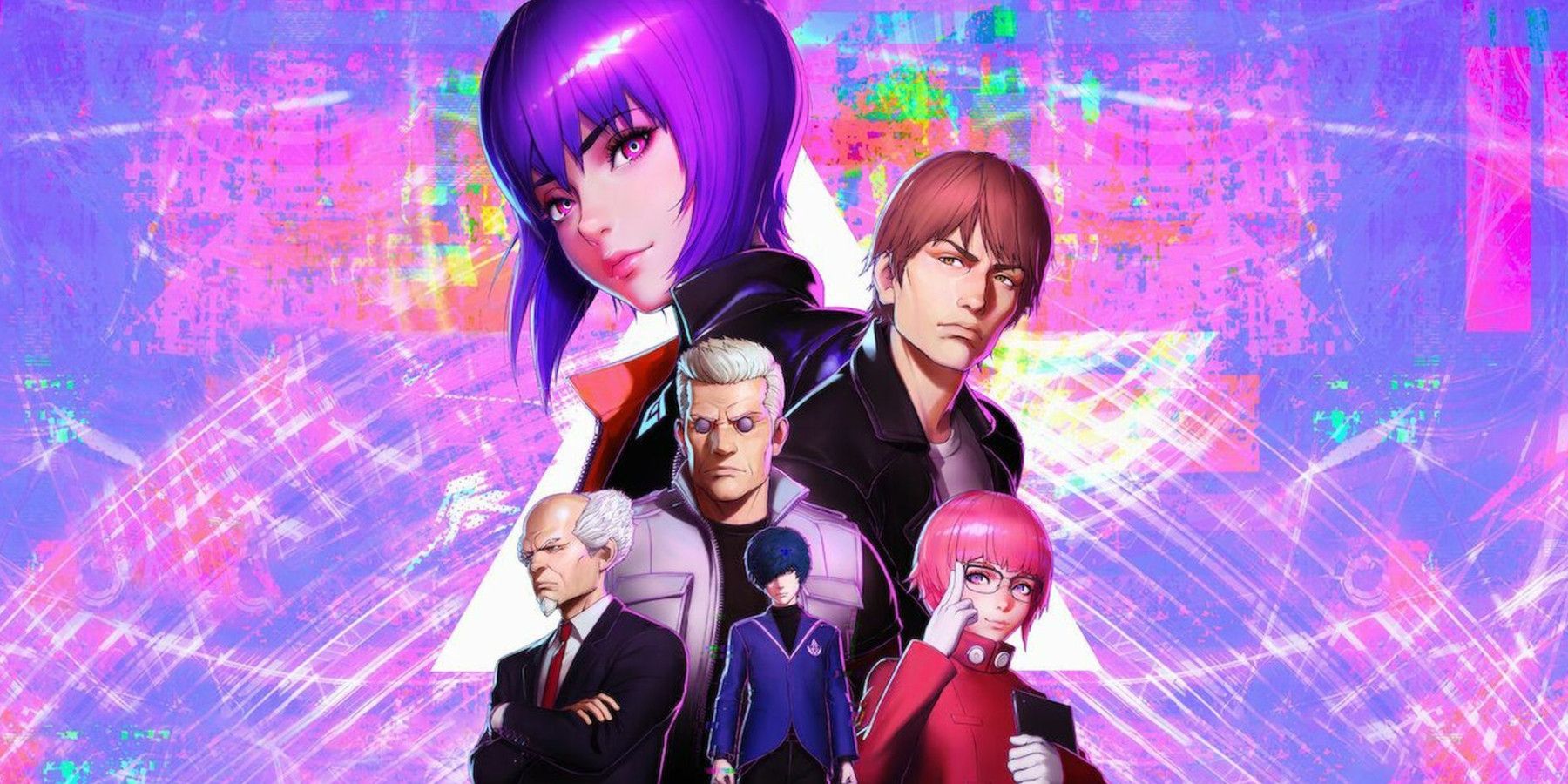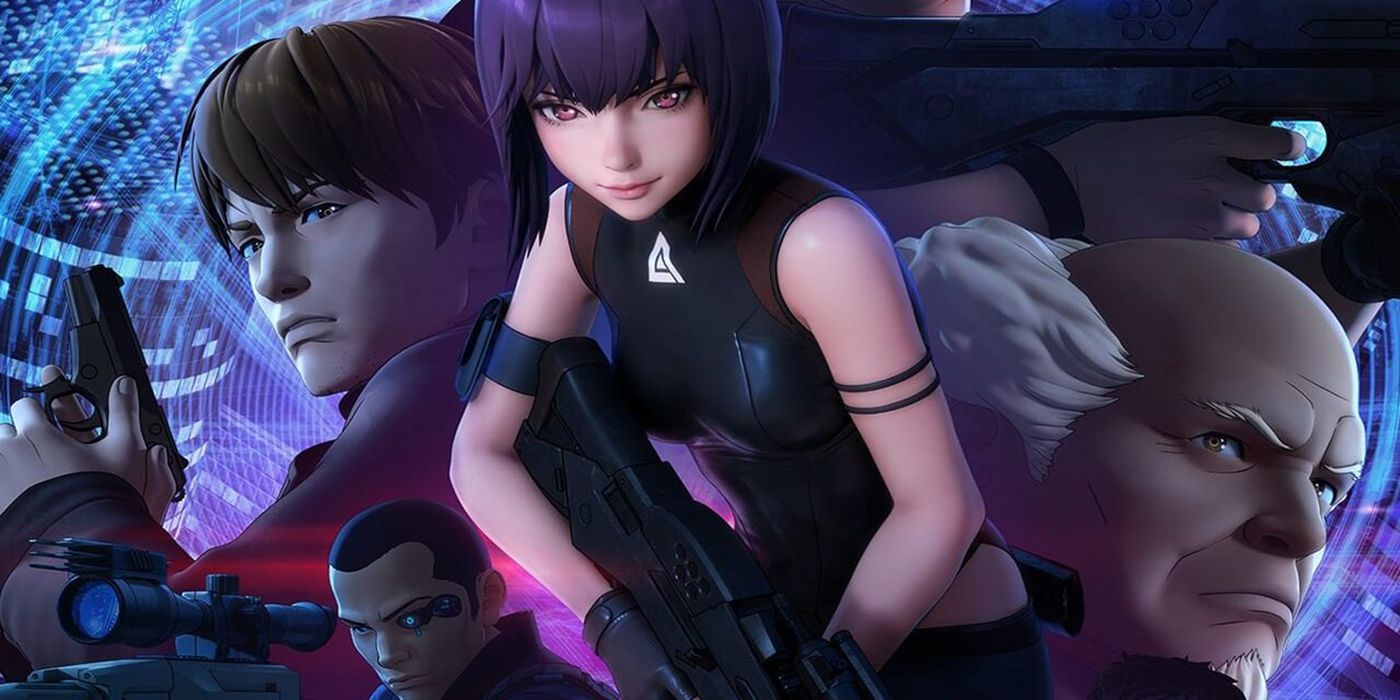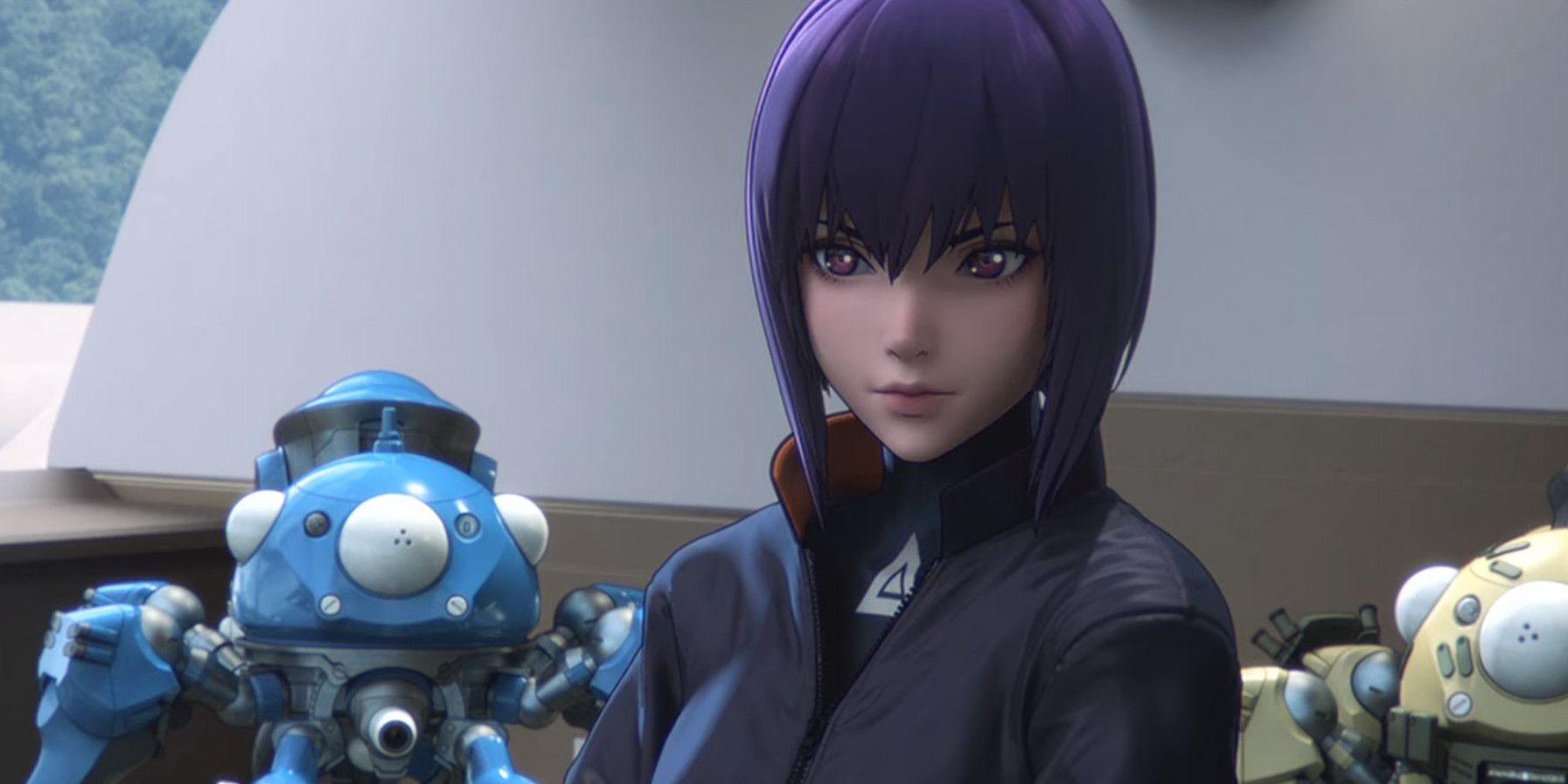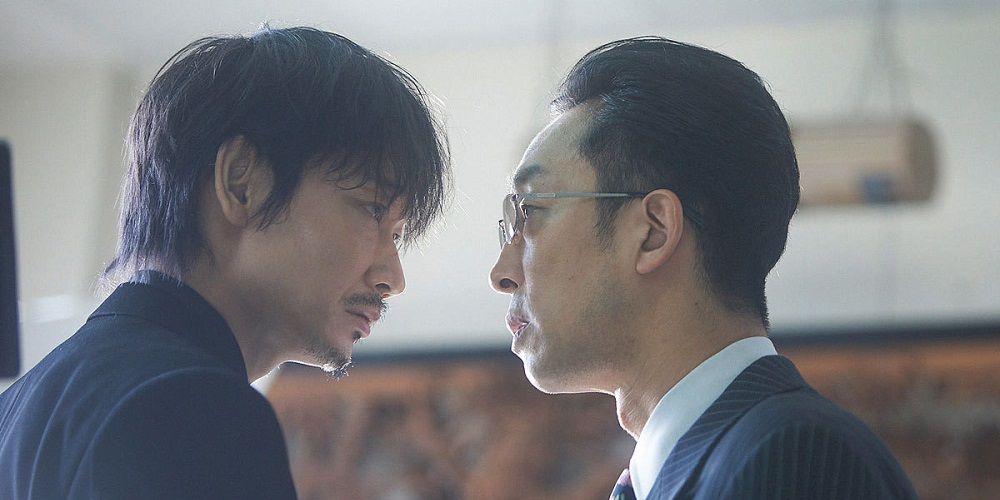Ghost in the Shell: SAC_2045 - Sustainable War is a recap of 2020's SAC_2045, released to summarize the events of that series leading up to the upcoming second season. It was promoted as having upgraded visuals and new scenes, but was it enough to make this a worthwhile watch?
Furthermore, was the first season worth it? It's unfortunate to say, but SAC_2045 was a divisive return to the "Stand Alone Complex" continuity from the 2002 TV series. Even with Kenji Kamiyama returning to direct alongside Appleseed director Shinji Aramaki, the new show's 3DCG look turned old-time fans off of the series. It's extra unfortunate given that the series was actually pretty good and a continuation worthy of the franchise name. The story was written in part by Kamiyama, just as he had written the first two seasons two decades ago. The English version even saw the return of the entire original dub cast, including Mary Elizabeth McGlynn as the Major, Richard Epcar as Batou, and Crispin Freeman as Togusa, to name a few.
In The Near Future...
Stand Alone Complex's story is in the name. There are "Standalone" episodes that are side stories and "Complex" episodes that directly factor into the main plot. The catch in the old series especially was that every episode was connected in some way. The memetic nature of the internet was explored, in how seemingly unrelated events spawn from a single source.
In season 1, the "complex" was a controversy involving a pharmaceutical company's CEO being taken hostage. In "2nd Gig", it was a terrorist conspiracy fabricated to turn the populace against refugees. In this new Netflix series, the threat involves an American AI that has gone berserk.
In the year 2045, A Global Simultaneous Default wrecks the world economy as "War As a Business" is enacted by the world governments. The Major and the remnants of the disbanded Public Security Section 9 are working as mercenaries until an encounter with a rogue AI pushes them to reorganize to track down people infected by the AI, known as "Posthumans."
The New Shell
That story is cut down from 12 episodes to two hours in a manner that impressively didn't feel overly trimmed down. The broad strokes of the story are preserved and apart from the scene of Paz and Borma rejoining the team being cut, nothing felt especially difficult to grasp as a result of this condensed package.
In fact, the storytelling arguably overlooks elements that might have turned some off of the original TV series. There were moments of levity that fell flat in season 1 that came off as ridiculous, where characters would act in ways unlike themselves.
One such awkward scene that is preserved in this film involves Purin Esaki, one of the new characters, confronting a hacker on the net, whose chosen avatar is some sort of giant snail. The whole visual is simply odd-looking and hard to take seriously. From a certain point of view, this lends credence to Ghost in the Shell's realistic portrayal of internet culture, but the juxtaposition of bizarre imagery and rather grim cyber-crime comes off as obnoxious.
This is another reason why die-hard fans claim that CGI is a major problem. Even if 3D CGI is looked upon more favorably these days, the chosen art style fluctuates between different levels of detail and clarity depending on what's being animated. It can create a sense of inconsistency that's extra apparent when the animation decides to shift from realistic movement to cartoonish levity, something the other 2D animated entries have avoided.
Animation & Sound
To the credit of Sola Digital Arts and Production I.G., the animation - when good - is absolutely stellar and the updated color grading only highlights the best moments. The hand-to-hand combat is fast and fluid, and especially fun when the whole team is working together to take down a mech suit halfway through the film. The visuals are aided by the sound design; punctuated by satisfying gunfire, explosions, and the crunch of bone and prosthetics.
The music is the only part of the sound design that leaves something to be desired. At the best of times, it's the mix of jazz, rock, and techno one expects of SAC, but at the worst of times, the large "BWAHHH!" sounds popularized by movie trailers and Hans Zimmer come off as a parody of action film music rather than well-considered composition.
A New Director
The most fascinating creative decision with this recap film was to have it directed by Michihito Fujii, a director mostly known for working in live-action. Normally, that would be a red flag (never forget Ex-Arm), but having a live-action director stitch together a new story from an existing series works better than expected. All the work necessitating that industry knowledge has already been accomplished and Fuji was able to focus on telling a good story (though that is a contentious point).
There are two antagonists focused on in the final half of the series. One is an assassin brutally murdering politicians, and another has developed a cyber-attack software killing people hated by the public. Instead of tackling these plot lines separately, both major events are told simultaneously, making the chase to find them feel direr. If not a perfectly paced and tense finale, it works for a film runtime. It may seem cheap to praise the film for accomplishing something like the bare minimum, but in an industry where recap films fail so often to be competent films, this movie doesn't falter where others might.
Put simply, Sustainable War is an impressively thorough, well-directed recap for anyone who needs a refresher before the second season hits Netflix. It's a reminder of the show's high points, from its thought-out world to its grounded and inspired brand of science fiction. It comes at the sacrifice of some character building but also the weakest elements.
Ghost in the Shell: SAC_2045 - Sustainable War is now available on Netflix
